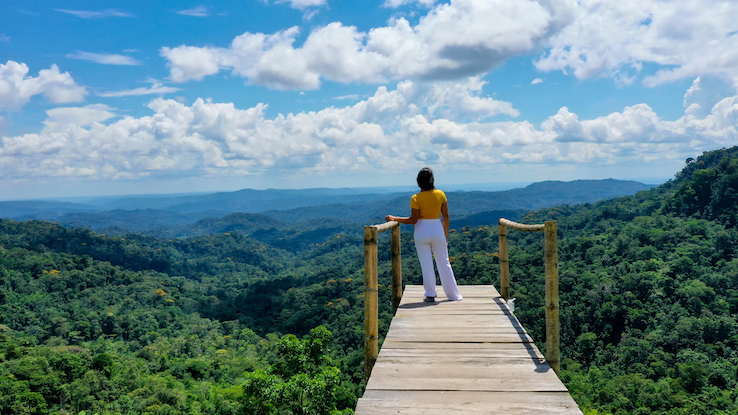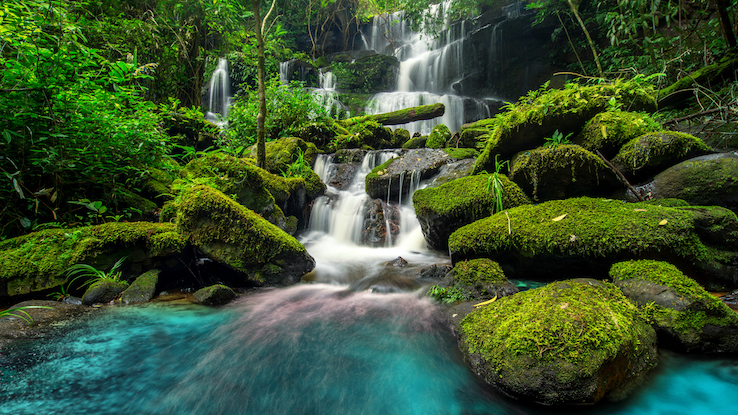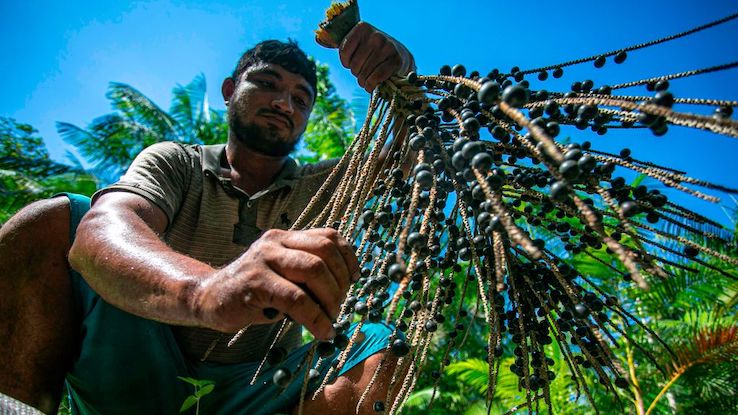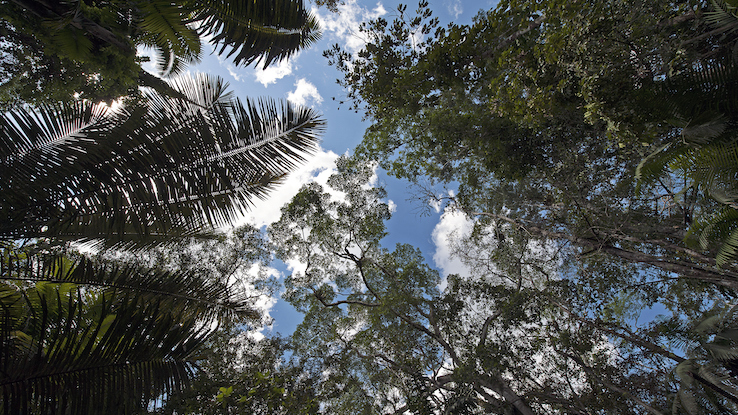Tropical Rainforest Biome Facts Everyone Should Know

Tropical rainforests are some of the most fascinating biomes on the planet. But how much do you really know about rainforests? Where are they located, and why is rainforest conservation so important? Check out these fun facts about tropical rainforests, from the types of flora and fauna that live in them to some of the ways they affect our planet.
There Are Two Different Types of Rainforests
Tropical rainforests can be found in countries all over the world, including Central and South America, Western India, Southeast Asia, Australia, New Guinea and Sub-Saharan Africa. The one thing that all tropical rainforests have in common is that they are located in, you guessed it, the tropics.
This means they can be found near the equator, between the Tropic of Cancer and the Tropic of Capricorn. Many of the world’s most famous rainforests, such as the Amazon and the Congo, definitely fit the “tropical” category. But there is another type of rainforest called a temperate rainforest. Temperate rainforests are located farther from the equator and have much cooler climates.
Over Half of the World’s Animals Live in Rainforests

Tropical rainforests are the most biologically diverse ecosystems on the planet. As the world’s largest rainforest, the Amazon alone is home to at least 3 million different species. Among them, you’ll find 40,000 known species of plants, over 1,000 different kinds of birds and millions of different insects.
Hundreds of different mammal species also call rainforests their home, including monkeys, jaguars, gorillas and others. What’s even more amazing is that scientists believe that the rainforest is home to plenty more species that haven’t been discovered yet.
Around 50 Million People Call the Rainforest Home
While it’s easy to think of rainforests as fascinating ecosystems populated entirely by plants and animals, that’s not actually the case. Millions of people still live in rainforests all over the world. The Amazon alone is estimated to be home to around 30 million people, many of whom are members of Indigenous tribes. The rainforest also supplies natural resources that over 25% of the world’s population depends on to survive.
Rainforests Help Regulate the Planet’s Water Supply

Rainforests get their name from the fact that they help regulate global rainfall levels. This happens through a process called transpiration. Millions of trees in the rainforest are always soaking up water and releasing it back into the atmosphere as clouds.
Those clouds then float all over the world, until eventually, they rain the moisture back down to Earth. In this way, rainforests play a vital role in supporting life, replenishing rivers after a drought and maintaining the delicate cycle of nature.
Rainforests Help Combat Climate Change
Not only do rainforests help keep the planet cool, but they also play an important role in fighting climate change. The millions of plants and trees that make up the heart of rainforests around the world soak up massive amounts of the planet’s heat.
Adding to that, every year, rainforests around the world absorb roughly 8 billion tons of CO2. Through the process of photosynthesis, the carbon (CO2) is transformed into biomass that feeds plants and helps sustain the lifeforce of the forests. This makes rainforests one of the most important elements in the battle for Earth’s survival.
Many Life-Saving Medications Come From Rainforests

Rainforests are home to life-saving medicinal properties with the potential to change the future of medicine. Around 25% of all Western medications rely on ingredients sourced from the world’s rainforests.
Despite how much the plants of the rainforest have already done for humanity, less than 5% of them have been documented. For all we know, the cure for cancer is growing in the Amazon or Congo, just waiting to be discovered. The odds of this are fairly high, considering that researchers say that up to 70% of known cancer treatments have come directly from rainforests.
Rainforests Have Four Distinct Layers
Tropical rainforests naturally form four separate layers called the emergent layer, canopy layer, understory and floor. The emergent layer is the tops of the forest’s tallest trees, which enjoy the perks of more sunlight than those they tower above. The trade-off is that they endure the harshest weather as well, so the emergent layer is mostly inhabited by smaller animals that can fly or glide along thin branches.
Below the emergent layer is the canopy, which is home to anywhere from 60–90% of all the rainforest’s animals. The large amount of food produced in the canopy is one of the draws for monkeys, frogs, lizards, snakes and other creatures. Beneath that, lies the understory, which is home to the rainforest’s many plants, shrubs and vines, as well as a vast array of insects, snakes, bats, jaguars and lizards.

Then there’s the forest floor, where incredibly rich soil is created from the mixture of humidity and a constant stream of falling leaves, fruits and other debris. Plenty of other animals, such as tigers, elephants and pigs hang out on this layer as well. Many of them have developed keen eyesight because the forest floor receives less than 2% sunlight.
The Rainforest Is Being Destroyed at an Alarming Rate
It’s estimated that nearly every second, an area of the rainforest as large as a football field is destroyed. Over the past century, mankind has already taken out half of the rainforests on the planet. In just four decades alone, deforestation has already wiped out a forest area as large as Europe. If things don’t change quickly, some conservationists estimate that in as little as a century, there will be no rainforests left on the planet. Now is the time to do all we can to preserve the world’s most fascinating and important resources.





